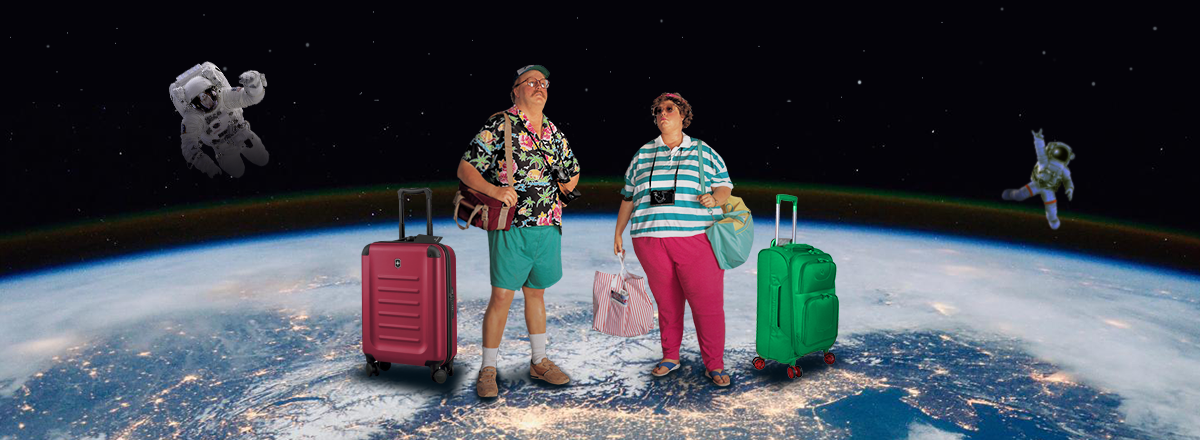Blue Origin, a private company founded by Jeff Bezos, successfully launched its New Shepard rocket into space from its desert test site in West Texas to test lunar lending systems for NASA.
Congratulations to @blueorigin on another successful #NewShepard mission, completing the first integrated test of our precision landing technologies. Our engineers look forward to analyzing the data and preparing for the next flight!
— NASA Technology (@NASA_Technology) October 13, 2020
Rewatch the launch: https://t.co/lEM9jyKPim pic.twitter.com/I1XWtna2pf
On October 13, Blue Origin successfully completed the 13th New Shepard mission – designated New Shepard-13, or NS-13 – to space and back with NASA precision lunar landing technology onboard. The company announced this on its official website. Both the rocket and crew capsule returned to land at the same facility in two pieces about 10 minutes later.
There were 12 payloads onboard, including Deorbit, Descent, and Landing Demonstration sensors, which will test tech for future missions to the Moon as part of NASA’s Artemis program.
This is the seventh consecutive successful space flight for the New Shepard rocket. In addition, this is the first flight with a payload attached to the outside of the capsule, and it allowed Blue Origin to test the high-accuracy landing system during flight. In the future, it will enable missions to Mars and lunar exploration as well as space tourism flights to space and back.
“Today's flight was inspiring. Using New Shepard to simulate landing on the Moon is an exciting precursor to what the Artemis program will bring to America,” said Bob Smith, CEO, Blue Origin. “Thanks to NASA for partnering with us, and congrats to the Blue Origin team on taking another step toward returning to the Moon to stay.”

The New Shepard rocket is intended only for suborbital flights, but the next New Glenn rocket will already be suitable for orbital flights. It will launch from Cape Canaveral, Florida.














